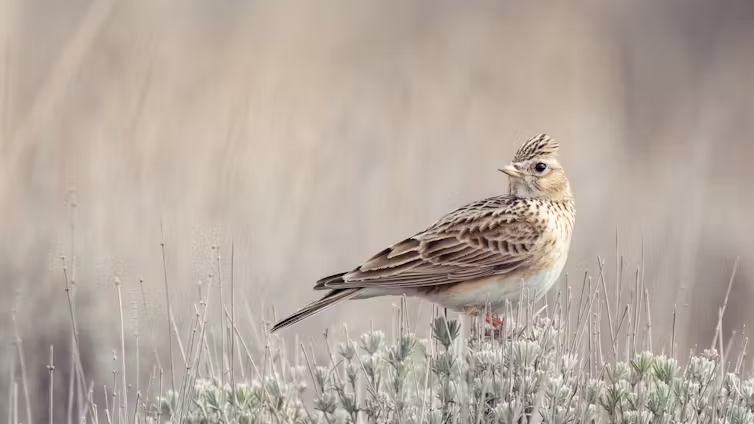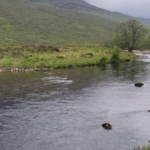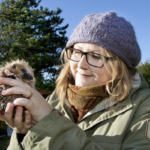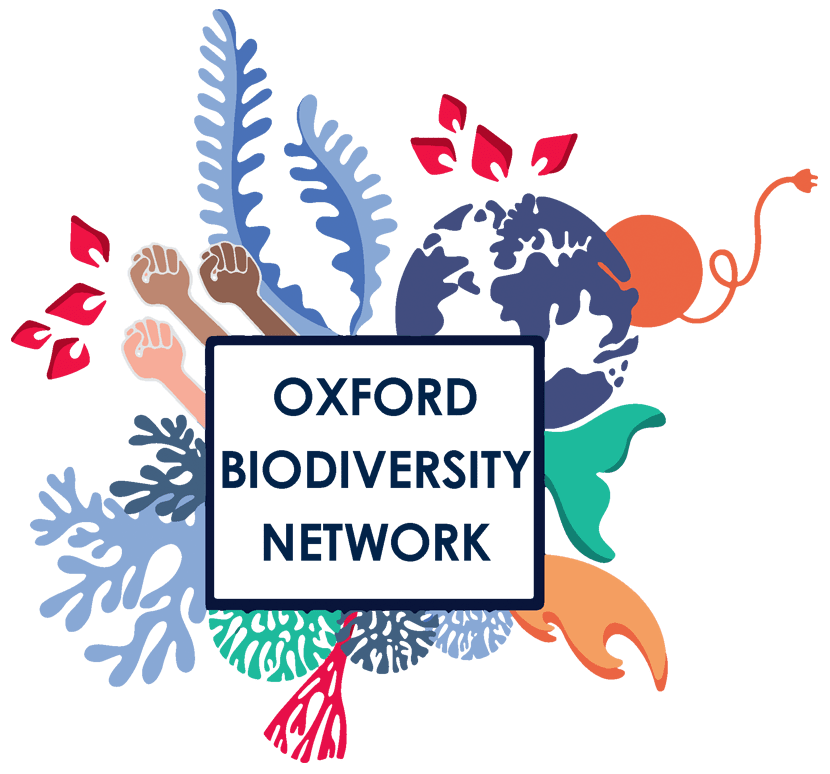Illegal wildlife trade
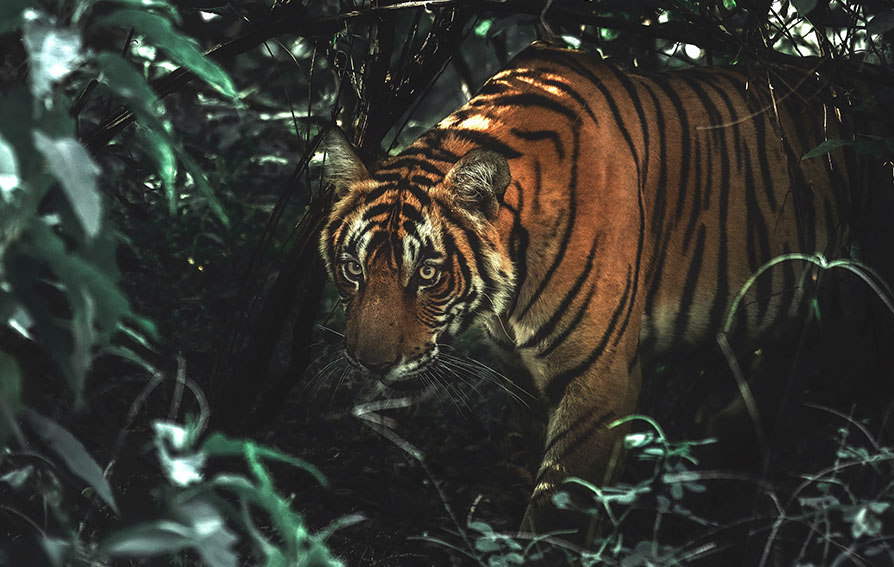
The global pandemic is on all our minds. It is becoming increasingly clear that humanity fundamentally needs to change it’s relationship with nature.
The science is clear
Protecting biodiversity and letting the wild be wild reduces the risk of zoonotic disease outbreaks. COVID-19 is a zoonotic disease – caused by an infectious pathogen or parasite that originates in a non-human hosts, but can be transmitted to humans. Zoonotic diseases threaten the health and well-being of human populations, lifestock, and wildlife, with serious economic consequences (Johnson et al., 2020; Han et al., 2016; Wiethoelter et al., 2015; Jones et al., 2008; Morse et al., 2012; Smith et al., 2014).
This is why
In healthy, biodiverse ecosystems, remote from human interference, zoonotic diseases come and go without thriving in any one population. Big predators keep smaller animal populations under control. When humans disturb the system, large predators are the first to go, and small animal populations grow: hey live and reproduce fast, and may carry a disease without dying from it. When these small animals live close to people, the natural barrier standing between deadly disease and humans is broken down (Roston et al., 2020). More than half of zoonotic diseases come from wildlife (Rohr et al., 2019; Carlson et al., 2019).
Earlier this month, EM Mrema, executive secretary of the UN Convention on Biological Diversity, called for a global ban on wildlife markets. One such market in Wuhan, China, is believed to be the starting point of the coronavirus outbreak.
But is there’s a catch
A complete ban on wildlife trade can have unintended consequences. Millions of people depend on wild animals to survive. Unless we provide sustainable alternatives, a ban on wildlife trade can result in an explosion of an uncontrollable black market. Most importantly, we need to take this warning from Nature seriously, and learn to co-exist with wildlife in a way that benefits nature and people.
The Oxford Martin Programme on the Illegal Wildlife Trade specifically focuses on understanding and addressing the consumer demand aspect of the illegal and unsustainable wildlife trade. Our programme is collaborative and interdisciplinary. We utilise theory and methods from public health, computer science, economics, psychology, ecology and sociology to address this pressing 21st century global challenge. In so doing, we aim to advance these disciplines as well as creating a new research foundation within conservation science.
References
- Carlson CJ, et al. Global estimates of mammalian viral diversity accounting for host sharing. Nat Ecol Evol 3, 1070–1075 (2019).
- Han et al., Global patterns of Zoonotic Disease in Mammals, Trends in Parasitology, 32, 565-577, 2016.
- Johnson et al. Global shifts in mammalian population trends reveal key predictors of virus spillover riskProc. R. Soc. B. 287, 2020.
- Jones KE, et al. Global trends in emerging infectious diseases, Nature, 451, 990-993, 2008.
- Morse SS., et al. Prediction and prevention of the next pandemic zoonosis The Lancet, 380, 1956-1965, 2012.
- Rohr JR, et al. Emerging human infectious diseases and the links to global food production. Nat Sustain 2, 445–456, 2019.
- Roston E, Want to stop the next pandemic? Start protecting wildlife habitats, Bloomberg.com, Accessed 15 April 2020.
- Smith KF, et al. Global rise in human infectious disease outbreaks J. R. Soc. Interface, 11, 2014.
- Wiethoelter AK, et al. Global trends in infectious diseases at the wildlife–livestock interface. Proc Natl Acad Sci USA, 112:9662–7, 2015.
Other recent stories
